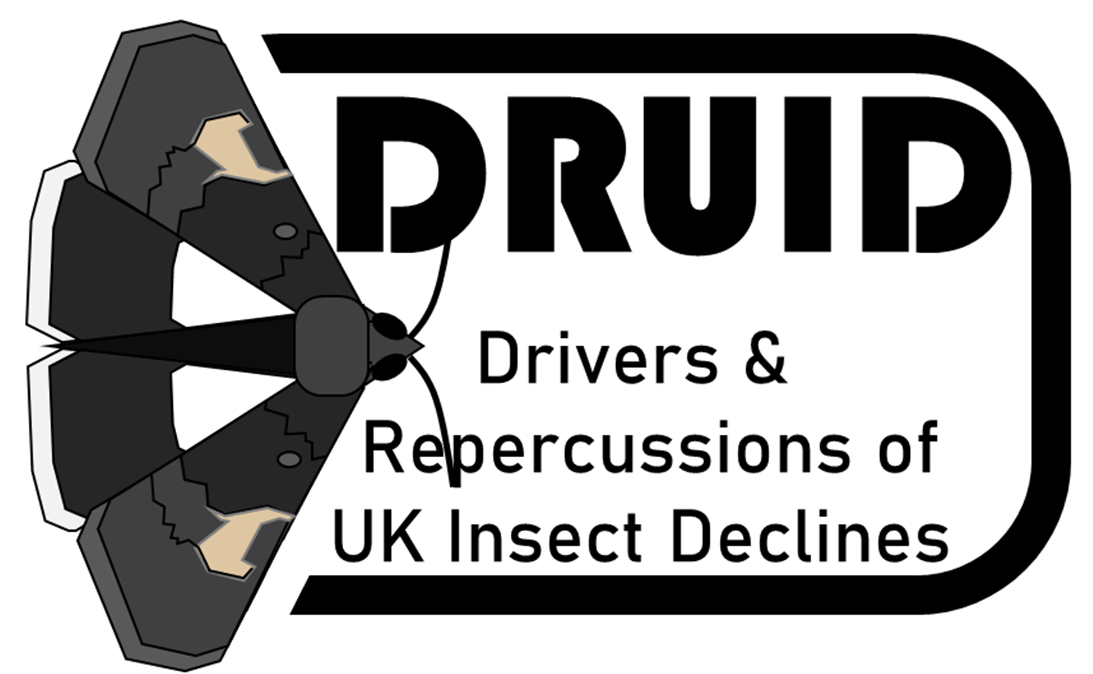Publications
-
Boyd, Robin J. et al. (2022) ROBITT: A tool for assessing the risk‐of‐bias in studies of temporal trends in ecology. In Methods in Ecology and Evolution, 13(7) p.1497
“Risk-of-bias” tools help researchers to establish whether biases in their data might threaten the validity of their conclusions. Such tools are common in disciplines such as medicine and psychology, but are incredibly rare in biodiversity research. In this paper, we developed ecology’s first risk-of-bias assessment tool. The tool, ROBITT, was designed specifically for analysts who intend to estimate trends in species’ abundances and distributions, but can be applied to all areas of biodiversity trend research.
- Bourhis, Y. et al. (2023) Explainable neural networks for trait-based multispecies distribution modelling – A case study with butterflies and moths. In Methods in Ecology and Evolution, 14(6) p.1531 (as corrected)
In this study we developed a trait-based machine learning approach to species distribution modelling. It is an artificial neural network that use species response traits to produce community-wide predictions. Building on trait mediation to model environmental filtering has several benefits, including (1) improving the predictions of poorly recorded species, (2) model parsimony as environmental drivers’ effects are tied to traits rather than species, as well as (3) explanatory purposes. Indeed, our approach (thanks to SHAP ) provides explanation of the model’s predictions, highlighting the key drivers and traits in the form of species niches and 4th corner matrices.
- Evans, L. et al. (2024) Population links between an insectivorous bird and moths disentangled through national-scale monitoring data. In Ecology Letters, 27(1).
This recent study has uncovered that insect abundance directly impacts songbird numbers from year to year. By bring together data sets from the Rothamsted Insect Survey and the Breeding Bird Survey, we’ve revealed that increased moth populations correlate with increased numbers of blue tits.
- Wilkes, M. et al. (2024) Predicting nature recovery for river restoration planning and ecological assessment: A case study from England, 1991-2042. In River Research and Applications.
This study modelled spatial and temporal changes in the abundance of 188 riverine invertebrate taxa, using long term records held by the Environment Agency. The models are then used to both inform river restoration planning and set expected values for use in ecological assessment. Using a range of physical and chemical driver datasets, including new LTLS data generated in DRUID, catchment-specific restoration strategies that combine one or more actions involving the removal of channel modifications, reductions in nitrate concentrations and reductions in total dissolved phosphorus concentrations are modelled to identify the most likely combination needed to deliver species abundance targets across three joint climate–socioeconomic scenarios. By hindcasting species abundances under alternative target frameworks, we also demonstrate a new approach to setting expected values in ecological assessment, accounting for changes in water temperature and hydrology.
- Lukach, M. et al.(2024) Operationalising weather surveillance radar data for use in ecological research. In Ecological Indicators, 84 p.102901
Weather radars operate 24 hours per day and 7 days per week, scanning every 5 minutes. Those radars can detect not only weather but also other objects in the air, including insects, birds, and bats. The challenge for ecologists is how to convert complex radar data into a format that can be used at ecological scales. In this study, we describe a “column vertical profile” (CVP) approach that produces simpler weather radar data for a 5km diameter column of air above a site. We show that the radar data exhibit clear relationships with the abundance of nocturnal insects caught at ground level, suggesting strongly that our approach to can be used to sample radar data to carry out ecological analysis at biologically-relevant scales.
-
Serra Gallego, J. et al. (2025) ECOBRIDGE: An expert system for spatial downscaling of land use/land cover change scenario outputs. In Environmental Modelling and Software.
Present day mapping captures fine land cover/land use (LC/LU) details, but future/alterative LC/LU scenarios are typically constructed at coarser spatial resolution, hindering comparisons. ECOBRIDGE (Ecology and Biodiversity Integrated Downscale Generation) is an open, knowledge-based ArcGIS Pro workflow, to produce high-resolution LC/LU maps from coarser sources. ECOBRIDGE draws on specialist knowledge to parse a low-resolution baseline and scenario, a higher-resolution baseline and information defining LC/LU change, to generate high-resolution spatial data for the scenario. These outputs are produced in the form of two datasets: as a raw pixel map and as an intelligent mapping layout which considers the structure of the landscape. The datasets created by ECOBRIDGE can contribute to more detailed analysis, bridging the gap between low-resolution datasets and more precise high-resolution information.
- Bourhis, Y. et al. (2025) Trait mediation explains decadal distributional shifts for a wide range of insect taxa. In Nature Communications 16: 8131
-
King, Peter. et al. (2025) Economic valuation of pest regulation benefits provided by arthropods in the UK In Ecosystem Services, 76, p.101776.
In this study we developed an economic production function to estimate the value of crops lost to insect pests. We show that marginal reductions in the population of arthropod natural enemy species were associated with reduced crop yields in barley, oilseed rape, and wheat. Conversely, measures to support the population of natural enemies could deliver enhanced pest regulation benefits. We undertake sensitivity analysis to understand how the value of pest regulation responds to a range of factors including thresholds for the application of insecticides. Finally, we comment on evidence gaps in the literature that, if addressed, could provide a more precise and nuanced understanding of the value of pest regulation provided by arthropods in the UK.
Parliamentary Committees
- Several members of the DRUID team contributed to a hearing of the Science, Innovation and Technology Committee on Insect Decline and UK Food Security in June 2023. (For more information, see the recording, transcript and final report.)
